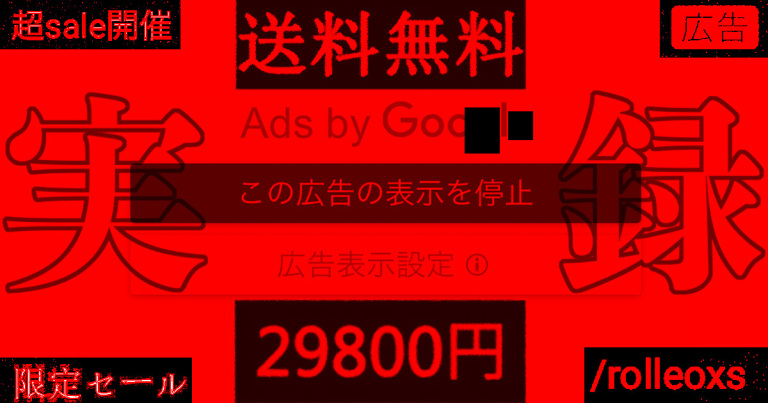
Is Google a god, or is it just as fallible as man?
“We often refer to Google as Google-sensei, but that’s not quite right. Google is a god; a god of the Internet. If you Google something and nothing comes up, then that thing doesn’t exist. That’s because Google is a god. You must not defy it. What Google says is absolute.”
So said our Japanese-language reporter Go Hatori, a Google fan. After all, if Google doesn’t know, no one knows, right?
Of course, Go knows that one of the things that Google, as a company, does is advertising, and they do it well. It’s one of their primary means of income. This very article probably has a Google ad somewhere. If you look around you, this world is full of Google ads. Even the commercials that interrupt your YouTube videos are Ads by Google.
Of course, we must trust the ads that Google recommends us. To doubt them is to blaspheme, because the one recommending them is, after all, a god. At least, that’s what Go would have said a year ago. After a recent experience with Google ads, though, he’s had his faith shaken to the core.
Go’s story began last year, when he was in search of a new wristwatch. He had no idea what brand he wanted; he just knew he wanted a luxury watch, something mature. Up until then, he’d only really been wearing the affordable and durable G-SHOCK brand by Casio, so he didn’t know much about watches.
It was just about then when this ad popped up while Go was browsing YouTube:
It boasted a “limited-time only sale” (限定セール) for luxury wristwatches, as well a “super sale” (超sale開催) and other eye-catching words, with watches on sale for only 29,800 yen (US$270.60).
Go looked closely at the images in the ad…
And saw that it advertised Rolexes!
“So these are the Rolexes everyone’s talking about!” he thought to himself. “But for 29,800 yen…isn’t that a little too cheap?”
On top of that, the name of the business advertising was…
…”rolleoxs”
How does one even pronounce that? “Roll-e-ox-es?” Either way, it’s probably just a shop name, right? There’s no way it’s a shop that sells counterfeit Rolexes, because this is a Google ad, and Google would never lie. Go even checked for the “Ads by Google” slogan, and it was right there.
If Google says it, then it must be true. Intrigued, Go, who is normally very good at sniffing out–and calling out–scams, clicked the ad, and it took him to an online shop.
Immediately, alarm bells began ringing in his head. There were just too many curious things about this homepage. First of all, look at the logo.
Doesn’t the name “Rollexes” look suspiciously familiar to the company name “rolleoxs”?
What’s more, Go went to the “About Us” page, and found something even weirder…
The name used there is also slightly different! “Rolexei”, it says. That was a bit suspicious. Go also noticed that the company is based in China, where many counterfeit items are produced and sold. It all seemed rather dubious.
Well, putting all that aside for a time, Go decided to look at the watches and see what they offer.
One particular Rolex, with an 18-karat rose gold case, was selling for less than 30,000 yen when its usual price is almost 3,120,000 yen. That is a tremendous deal, especially considering fellow reporter Mr. Sato had a mid-life crisis when he tried to buy a Rolex for 100,000 yen. But what really drew Go’s attention was the fact that they allow the payment option of “Cash on Delivery” (代金引換). Normally, a scammer would make you pay with a credit card, so that they can use your card info to make future purchases, right?
When Go went to do a mock check-out, he found that Cash on Delivery (COD) was actually the only payment option available! Seriously? By only offering COD, the seller is taking on a huge risk, because they don’t get paid until the item is delivered. If the customer declines the delivery, or the item is lost, they’ll lose money.
Strange as it is, Go considered this evidence that maybe this wasn’t actually a scam. He felt that if he placed an order, he would actually receive his order…or at least he hoped so. And in any case, he found this website through a Google ad, an ad vetted by Google…and to doubt Google is to blaspheme. Lord Google, my deepest apologies for doubting you!
Go believed in Google, and in the ad. He placed the order.
▼ Order confirmation e-mail: “Thank you for your order!”
All that was left to do was wait.
But he waited a long time, and the product never arrived. The website said it would take three days, but had that been a lie? Go sent them an e-mail asking when, approximately, his watch would be delivered, and received this response back:
“Good morning. I’m very sorry but your product has been shipped. According to the staff, due to the influence of the coronavirus, products may get stopped at customs, and may take a few days. Sorry for the trouble, but we hope you understand.”
The Japanese sounded a little funny, but the message was clear: the watch was probably stopped at customs. But that made Go begin to wonder…was it stopped at customs because it was a fake? So he took a chance and decided to ask, “By the way, this is a real Rolex right?”
To which he received this simple reply:
▼ “It’s real”
Well then! That settled it. It’ll be fine. It’s a real watch, so it must be stopped at customs because of coronavirus, just as they said.
Then, 22 days after this exchange…
It finally arrived!
In total it took 35 days to get to him, but Go finally had it in hand. The packaging, however, didn’t look at all like a luxury product. Was it really, truly a Rolex?
Was it…
really?
It…
It was!!
A Rolex!
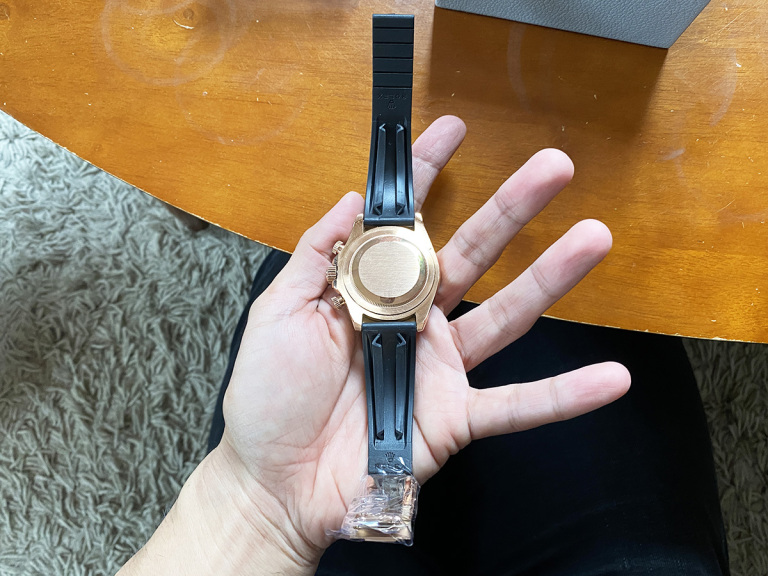
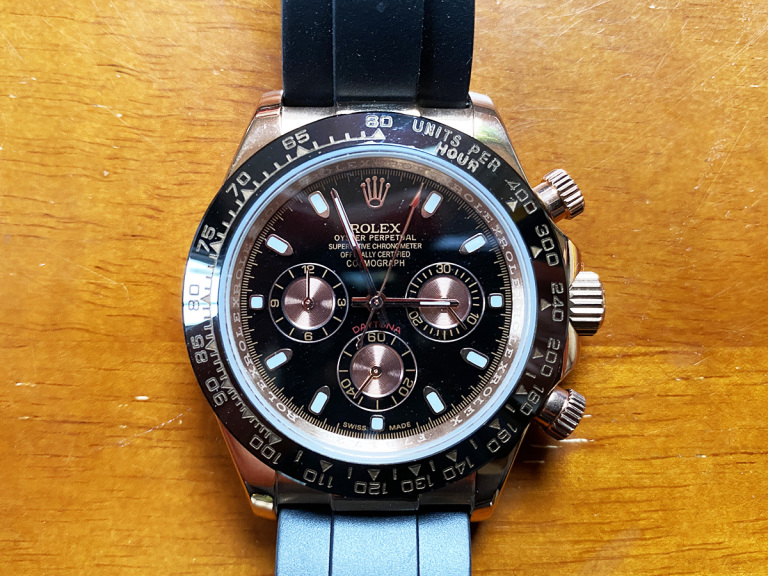
Oddly, it smelled really strongly of oil, but maybe that’s just the smell that new Rolexes have…?
Either way, on Go’s wrist, it definitely had the aura of a luxury Rolex!
The website said it was 18-karat rose gold, which made Go pretty excited. It was his first Rolex, and he was so proud!
He brought it to the office to show off, whereupon SoraNews24 owner Yoshio and fellow reporter Seiji Nakazawa began to examine it.
“It’s probably fake,” they said.
“How rude!” thought Go. “What a thing to say! Take that insult back right now!!” With a more restrained annoyance, Go retorted, “Now you listen here. This watch, you know, is a real Rolex I bought after I saw a Google ad. It’s real, I tell you!”
Then he went on to talk about how Google is a god and that it would never steer anyone wrong with its ads, and Yoshio and Seiji pretended to listen until they could politely escape.
Meanwhile, Go began to get nervous.
He’d truly bought it thinking it would be real, but there were some niggling doubts. It had come in an indistinct box, and it hadn’t come with a certificate of authenticity or anything like that. Perhaps it was really a fake…?
So Go decided to take his new Rolex to a place that could verify if it was a true Rolex or not. The first place he went to was a pawn shop with very high customer ratings. They buy and sell all kinds of luxury brands, including Rolexes.
The shop was pretty small, but as Go entered, a man wearing glasses, who appeared to be the owner, welcomed him to the counter.
Go said, “I have this Rolex that I bought online…” and took it out of the box. The attendant, with his eyebrows pinched, said, “Based on our criteria, I can’t buy it from you.”
Huh? What does that mean? That’s some kind of roundabout way of talkng. but with nearly 30,000 yen on the line, Go wasn’t about to let someone beat around the bush with it, so he asked the clerk straight out, “Does that mean that this watch is a fake?”
“If you go to a Rolex store, I think they’ll be able to tell you if it’s counterfeit or not. But based on our criteria, I can’t buy it from you…”
He wouldn’t even tell Go if it was fake or not! Go wondered why. Was it because he wouldn’t defy the Google god?
Well, he supposed the best thing to do was to go to a Rolex shop, just as the clerk suggested. Go headed to the closest one right away, which happened to be in a department store filled with luxury brands. The sheer high-browness of it made Go feel a little nervous, but he rallied his courage and went in.
He asked the attendant at the Rolex counter there if they would be able to tell if it was real or not, but she said, “We don’t appraise the watches here. We can only take a look at broken watches to see if they can be fixed.” They did offer to take a look at the watch, even if they wouldn’t be able to make a definitive statement, though, and pointed out a few things that seemed off: the box was different, the movement of the stopwatch mechanism was unusual, and the strap wasn’t the type they usually use.
When Go asked them, “So, it’s not a genuine piece?” they only smiled nervously and said, “We’re sorry to inform you that this is made differently from how we make our timepieces.”
Another fruitless trip. But Go did learn some valuable information: the Rolex shop in the Marunouchi neighborhood of Tokyo, which is known as the “Japan Rolex Tokyo Service Center”, offers other services, which meant they could probably tell him if his watch was real or not, so as a last-ditch effort, Go took his watch there.
When he pushed open the heavy doors, he was greeted by a man in a perfectly fitted suit, who listened gravely as Go explained his situation, and then quickly examined the piece. With shocking speed, he concluded, “This was not made by our company.”
Just in case, he had a technician appraise the piece too, but their conclusion was the same: it was not produced by the Rolex company.
“I can tell at first glance,” the technician told Go. “Since I work with the same model every day, it’s easy to see the difference between the builds.”
It was an impressively professional assessment. The speed of their judgment and their customer service were on point. With a fleeting hope of finally hearing the truth, Go asked the question:
“So, is this a fake?”
“If I were to say it in your words, yes, I would say it is a fake.”
This made the Rolex clerk the third person who was quick to say Go’s watch wasn’t a Rolex, yet not immediately, in their own words, call it a fake. Were they simply trying to spare the feelings of someone who’d been duped by a knockoff? Were they taking the high road by not slapping hurtful labels on another company’s products? Or by calling it an outright fake, would that somehow invoke the power of the Google gods, who would attempt to set the universe right by erasing Go’s watch from existence entirely?
Either way you put it, Go had trusted in the providence of Google and in its ads, and ended up buying a fake Rolex. In other words, Google had showed him ads for fake Rolexes.
Actually “showed” isn’t quite right, because ever since this debacle, Go continues to be shown cheap Rolex ads everywhere. On various websites…
…On YouTube…
Even on his own personal blog!!
And they were all different shop names from “rolleoxs”, with different domains, even though the prices, designs, and schemes were completely identical. Every time Go sees them now, he takes a screenshot and investigates them, and every time he’s found that they’re Ads by Google.
Google was absolutely insistent, advertising in lots of different ways for him to buy into Asia’s sketchy businesses. That means that Google is complicit in selling these counterfeit watches. Of course, the real bad guys here are the people who are actually selling these counterfeit articles. Perhaps Google is a just another victim, innocently accepting ads for fake designer products. But still, Go was disappointed, and he has this to say to Google:
“Google, get it together. Are you cool with being played like this? If you keep up with this, everyone is going to know!” says Go. “Many people say that Google is like a god, but this time it’s not. It’s a scam.”
Photos © SoraNews24
● Want to hear about SoraNews24’s latest articles as soon as they’re published? Follow us on Facebook and Twitter!
[ Read in Japanese ]

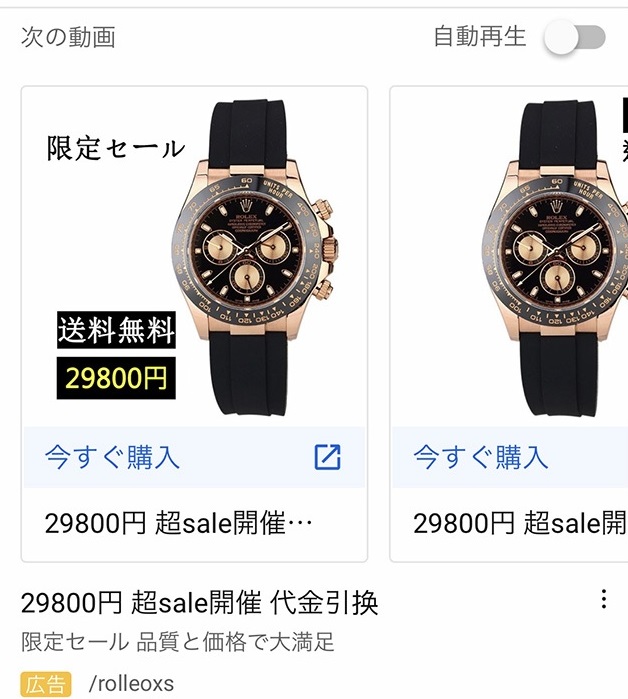
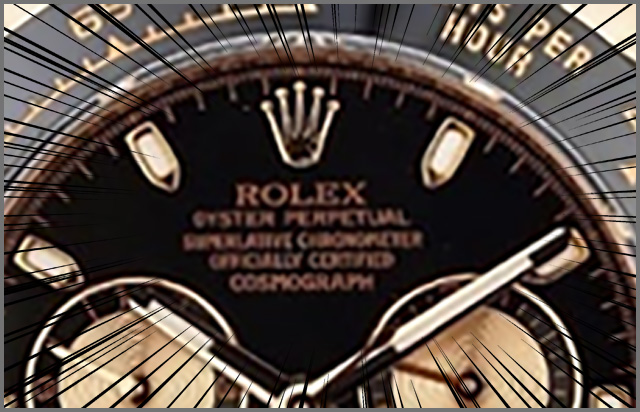

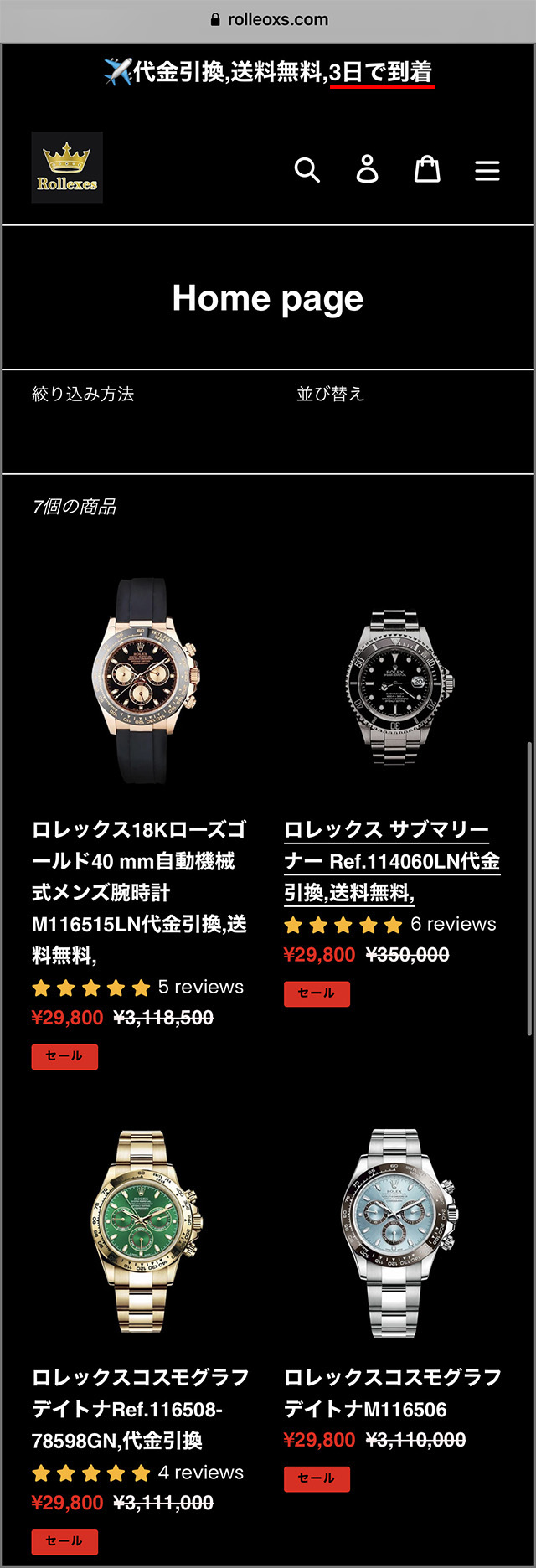

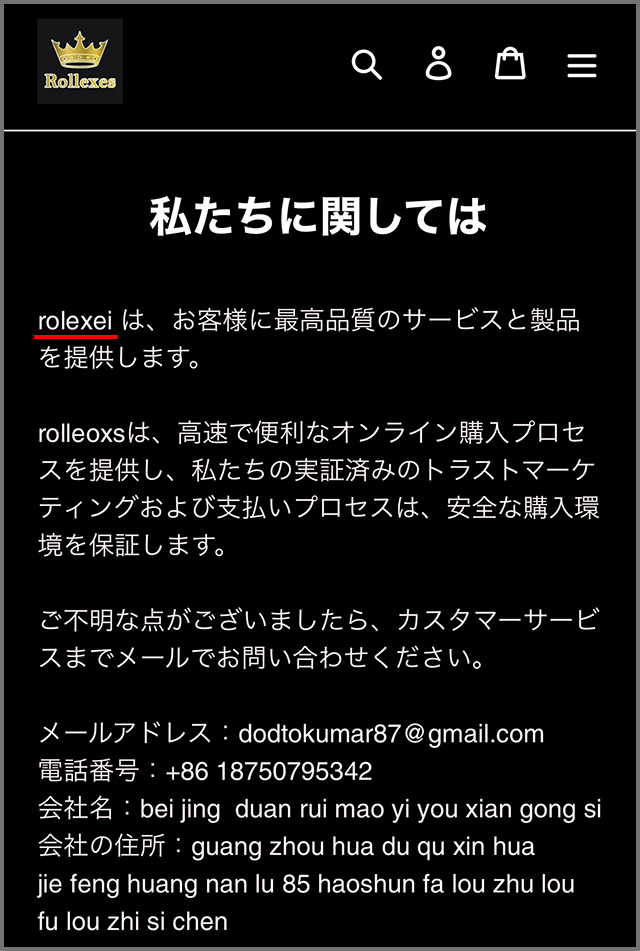
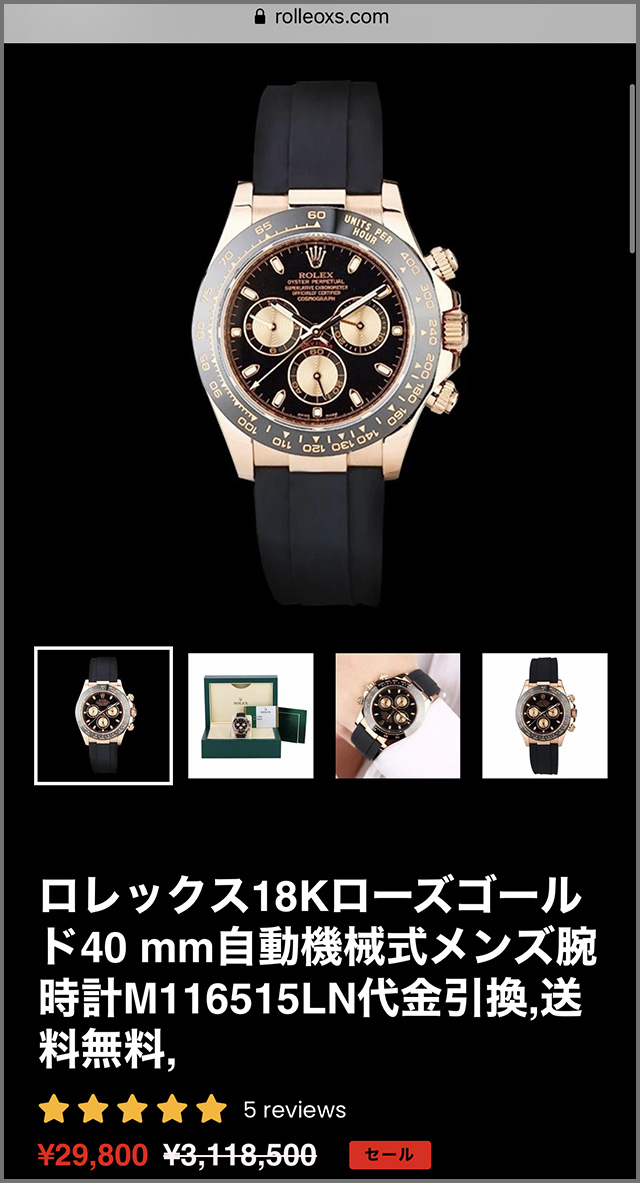
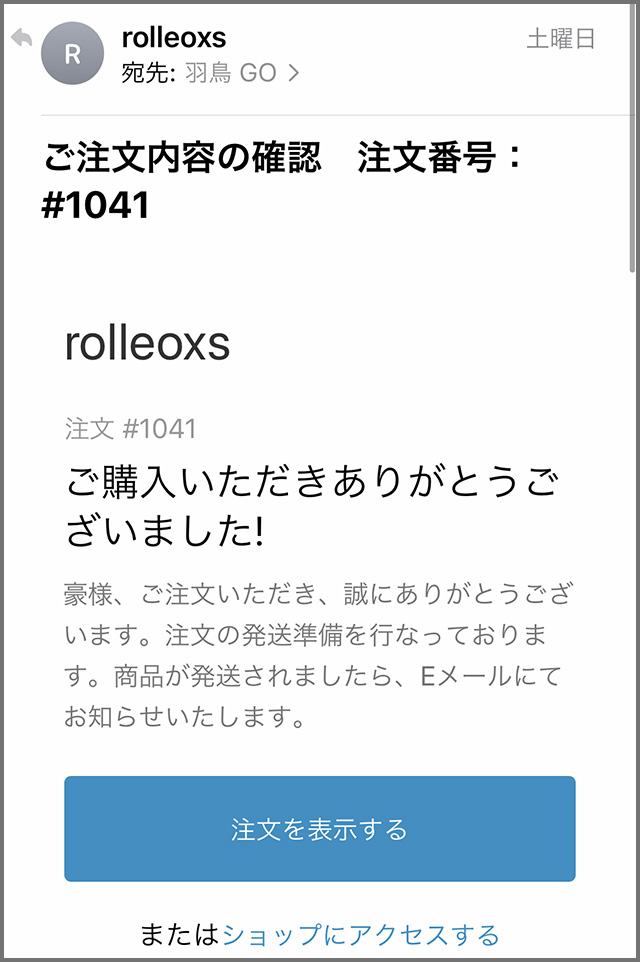


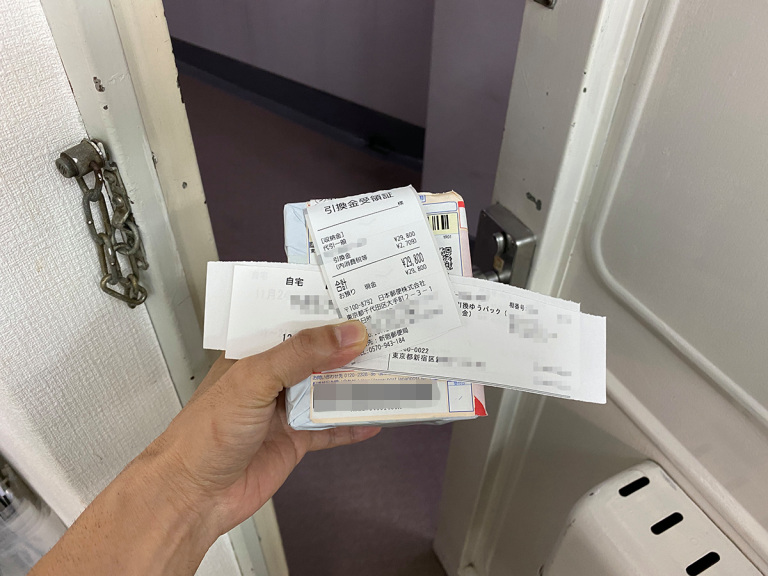
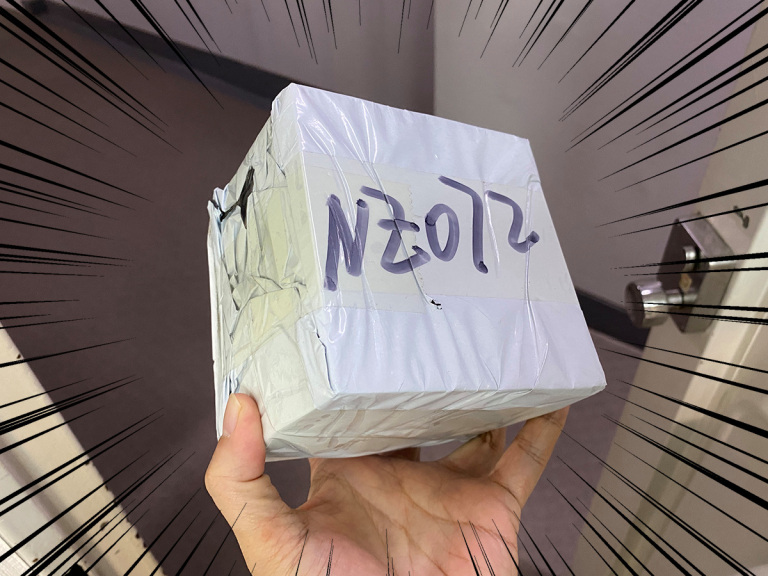
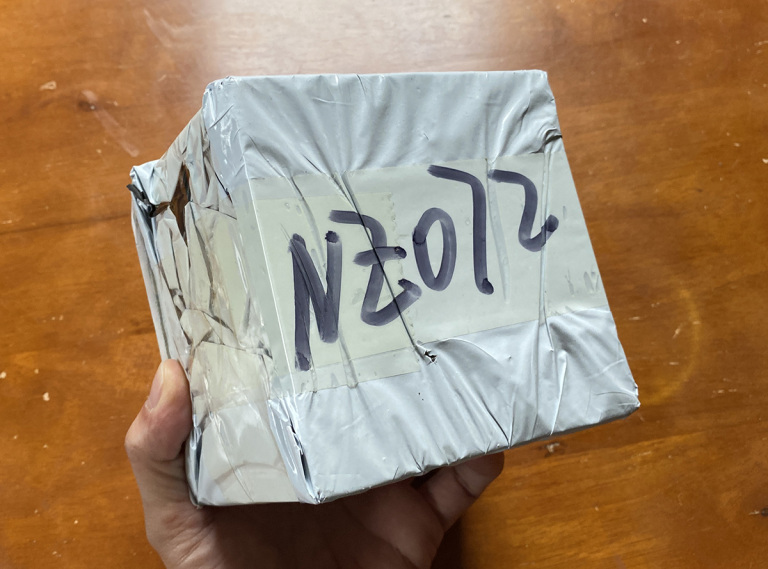
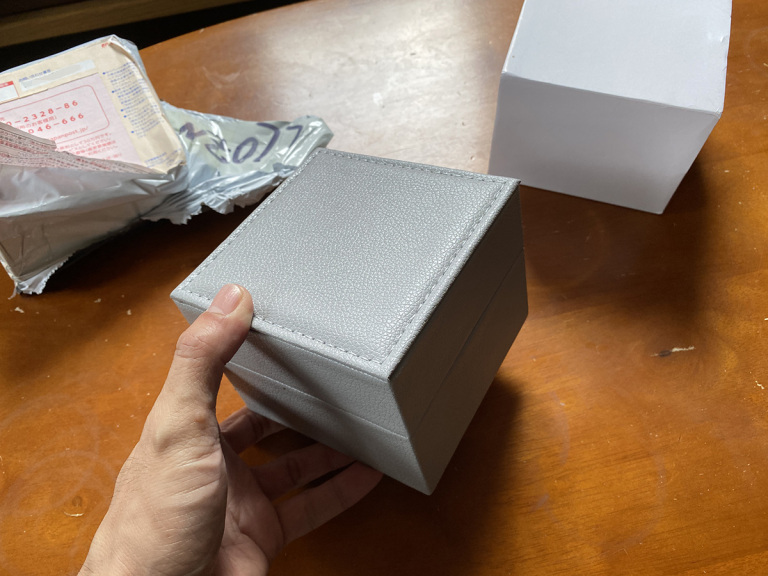
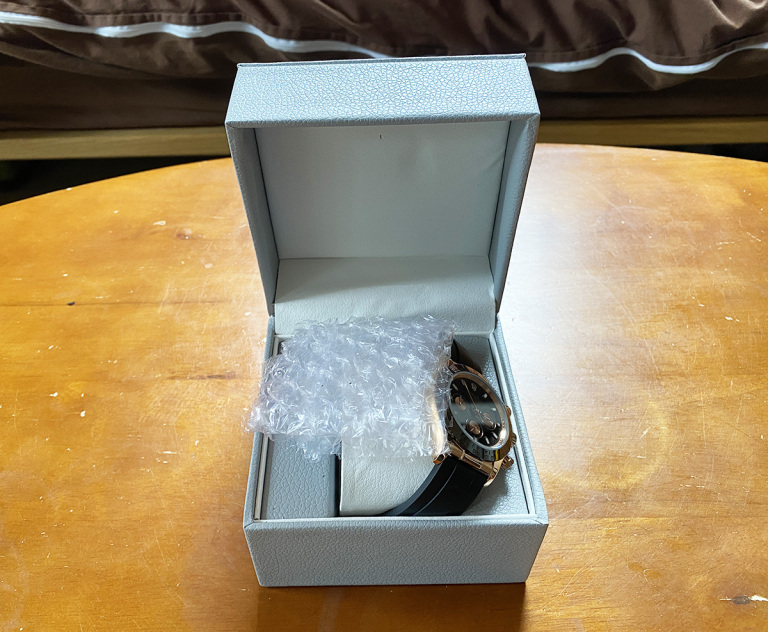
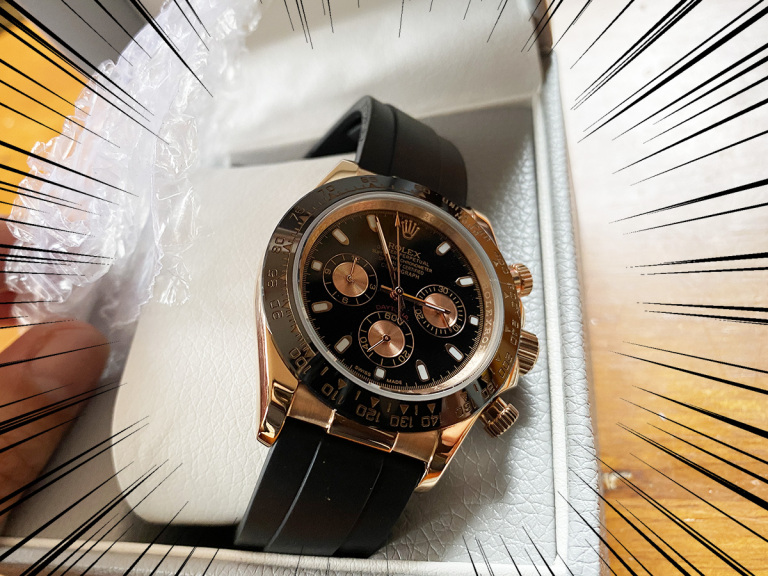
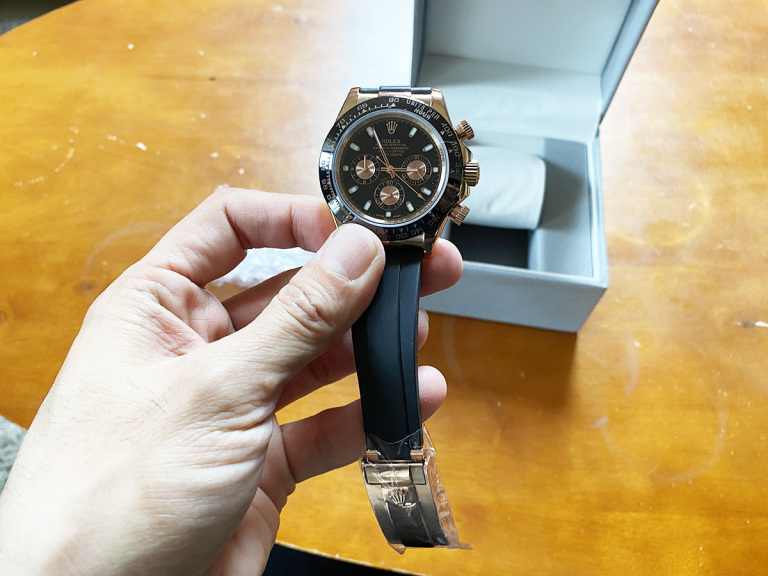
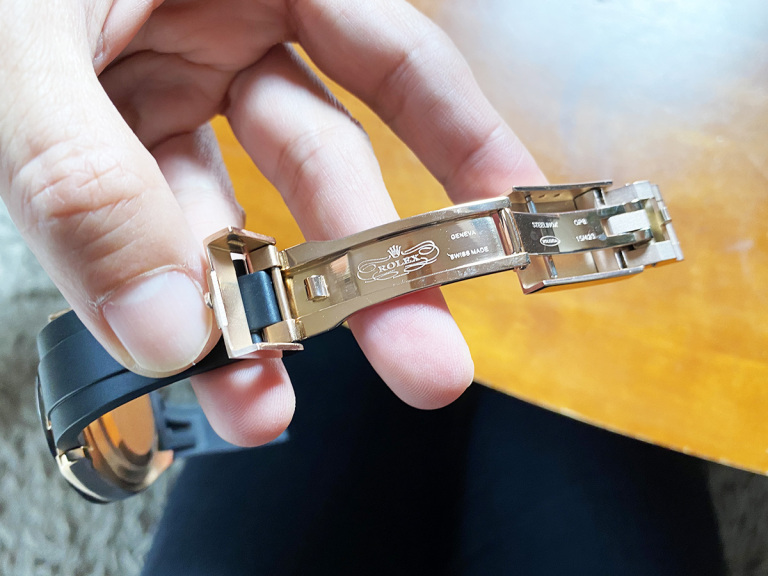
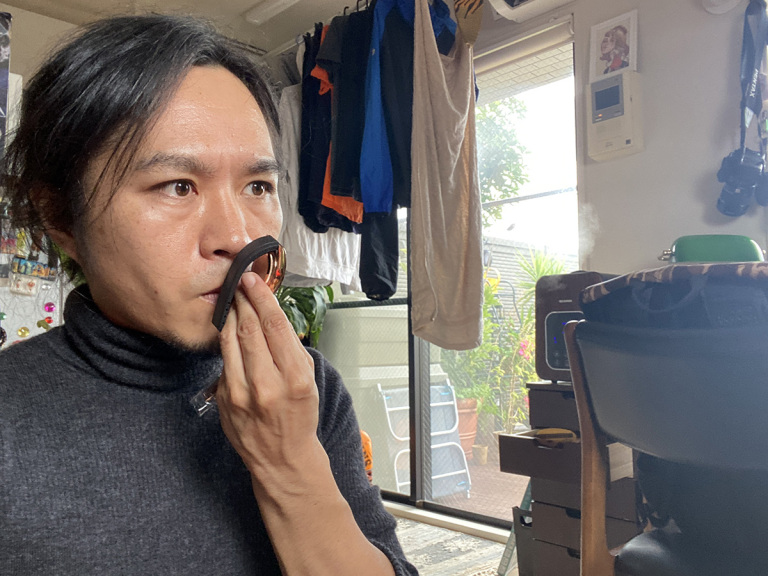
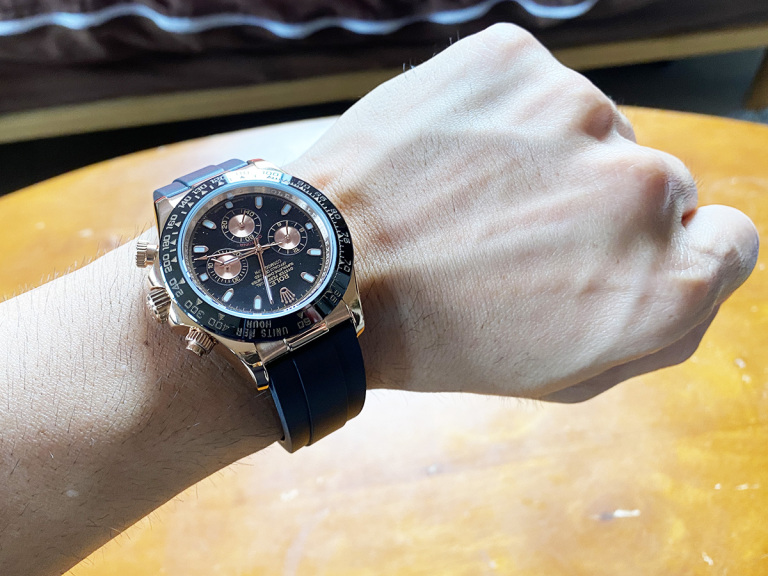
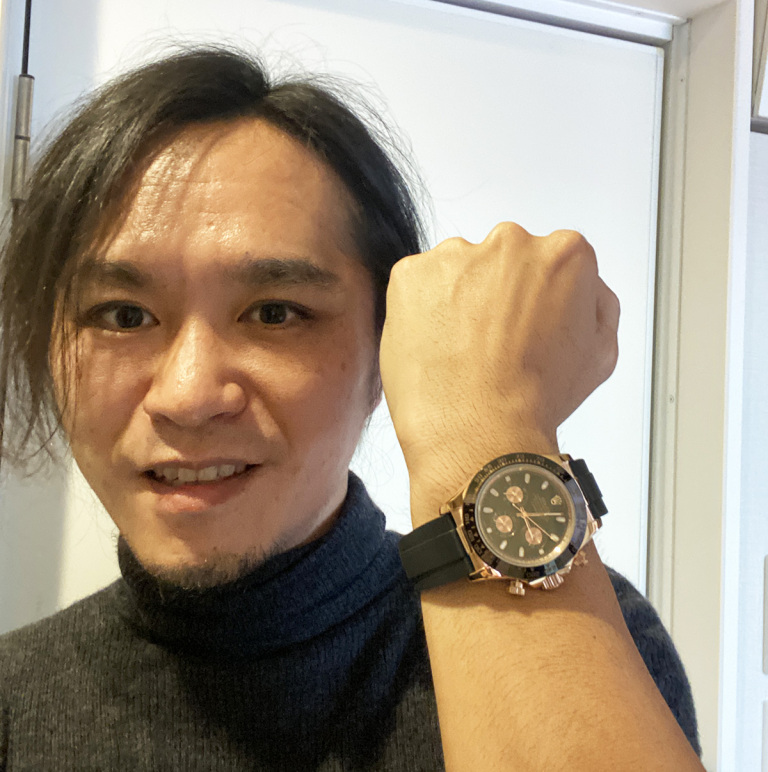
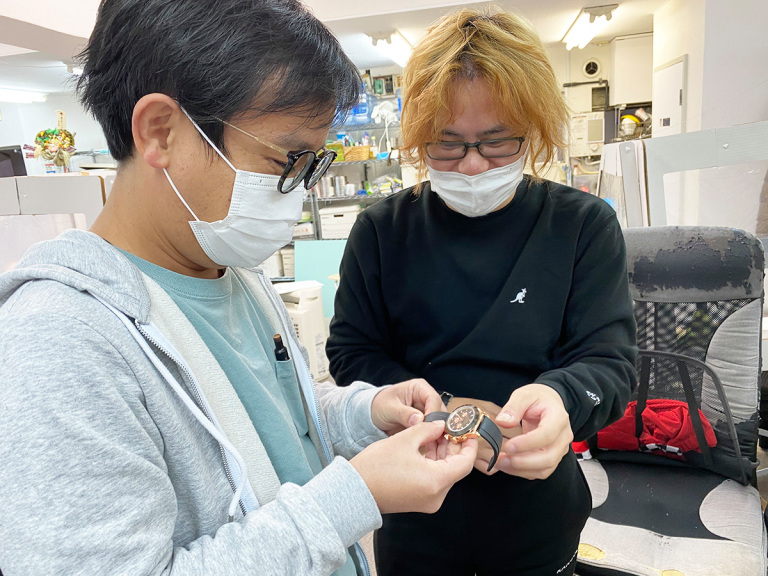

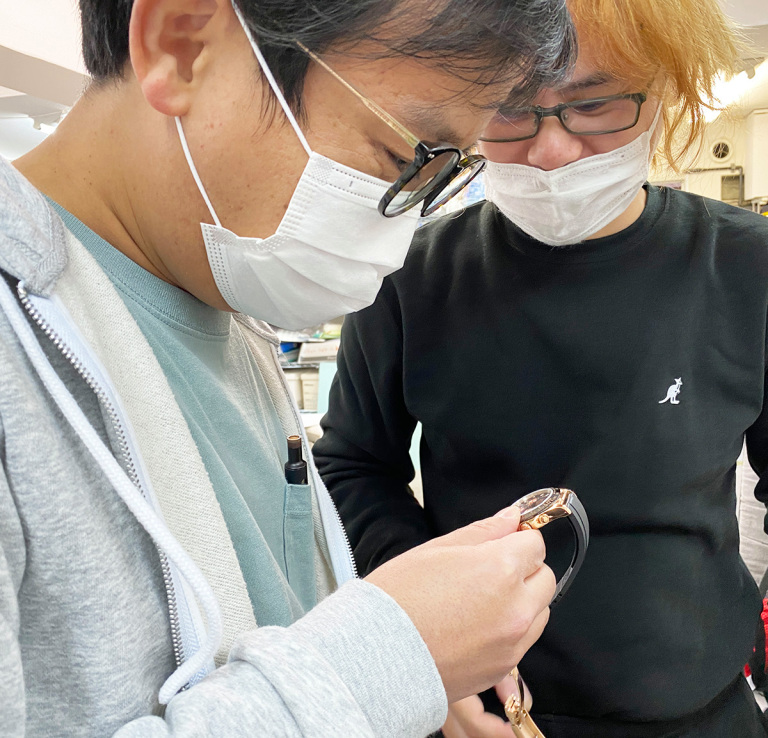
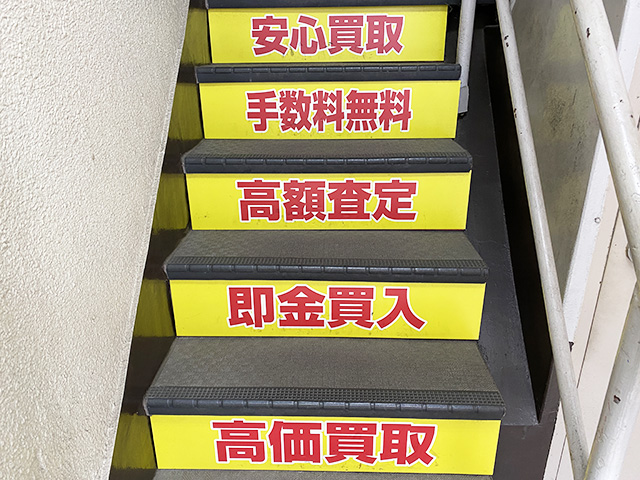
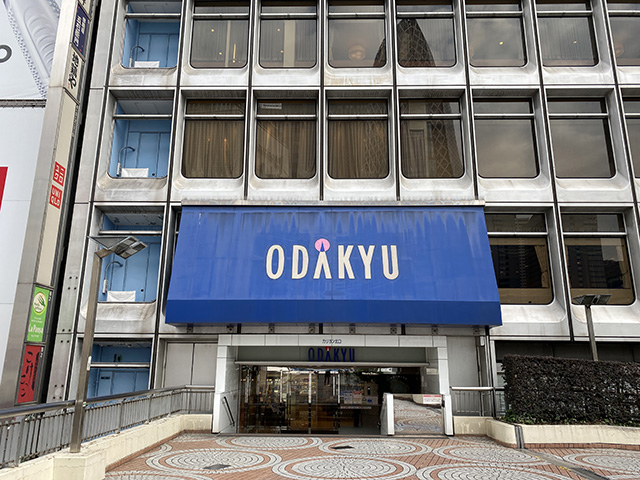
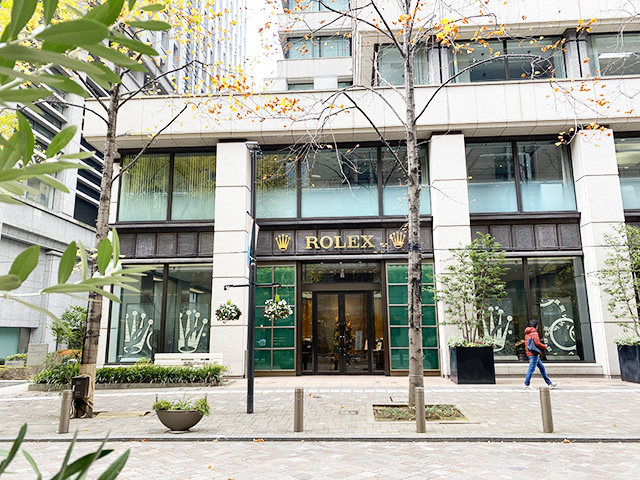

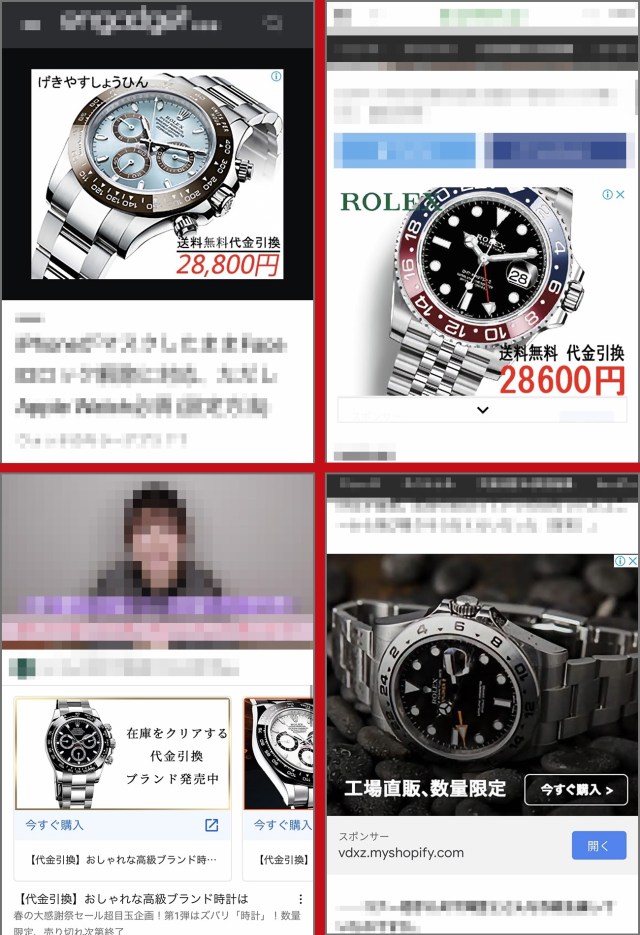

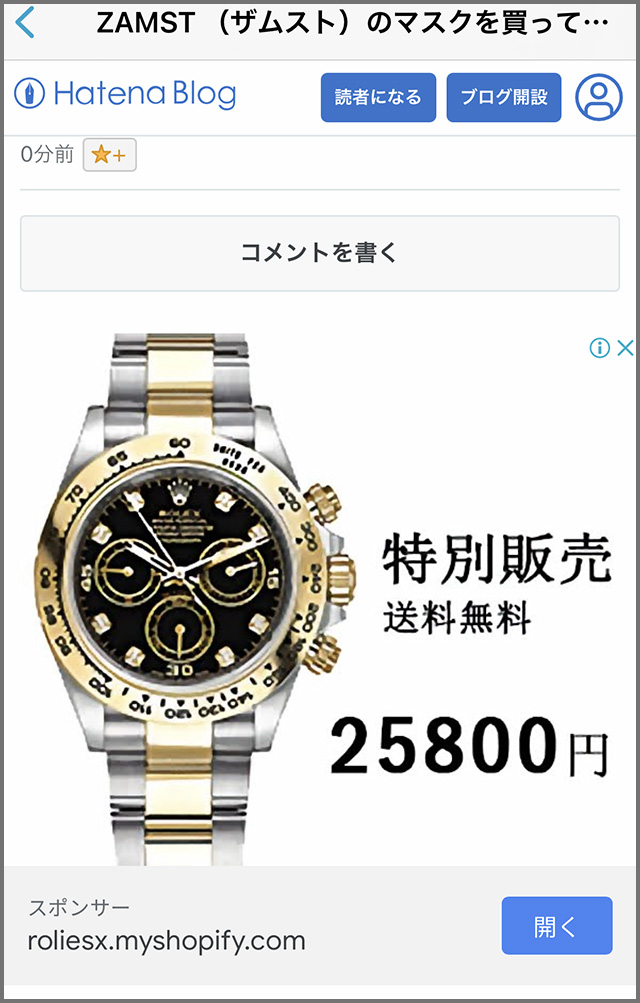
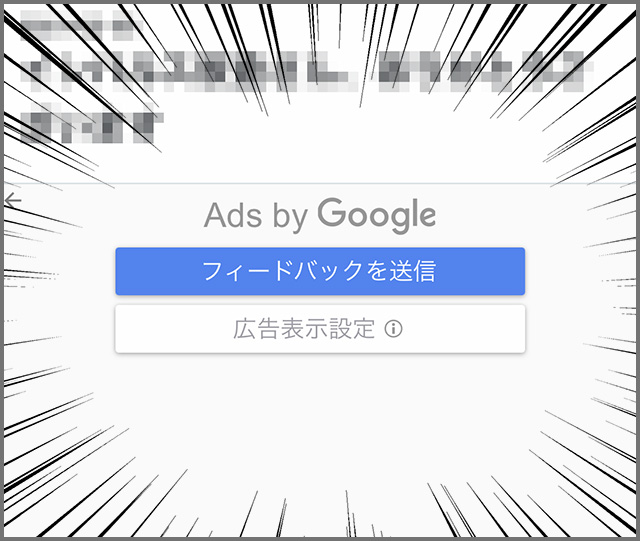
 Ritzy Japanese cop breaks Rolex wristwatch during arrest, sends suspect US$6,000 repair bill
Ritzy Japanese cop breaks Rolex wristwatch during arrest, sends suspect US$6,000 repair bill Saitama man’s 7M-yen Rolex stolen after leaving it alone with “potential buyer” for two minutes
Saitama man’s 7M-yen Rolex stolen after leaving it alone with “potential buyer” for two minutes Couriers scare off yakuza members pretending to be yakuza members
Couriers scare off yakuza members pretending to be yakuza members Japanese woman seeks justice after buying four million-dollar bills from counterfeiters
Japanese woman seeks justice after buying four million-dollar bills from counterfeiters Shocking daylight smash-and-grab robbery occurs at shop in Tokyo’s fanciest neighborhood【Vid】
Shocking daylight smash-and-grab robbery occurs at shop in Tokyo’s fanciest neighborhood【Vid】 McDonald’s new Happy Meals offer up cute and practical Sanrio lifestyle goods
McDonald’s new Happy Meals offer up cute and practical Sanrio lifestyle goods All-you-can-drink Starbucks and amazing views part of Tokyo’s new 170 meter-high sky lounge
All-you-can-drink Starbucks and amazing views part of Tokyo’s new 170 meter-high sky lounge McDonald’s Japan releases a pancake pie for new retro kissaten coffeeshop series
McDonald’s Japan releases a pancake pie for new retro kissaten coffeeshop series More foreign tourists than ever before in history visited Japan last month
More foreign tourists than ever before in history visited Japan last month Studio Ghibli glasses cases let anime characters keep an eye on your spectacles
Studio Ghibli glasses cases let anime characters keep an eye on your spectacles Disney princesses get official manga makeovers for Manga Princess Cafe opening in Tokyo
Disney princesses get official manga makeovers for Manga Princess Cafe opening in Tokyo Beautiful Sailor Moon manhole cover coasters being given out for free by Tokyo tourist center
Beautiful Sailor Moon manhole cover coasters being given out for free by Tokyo tourist center The 2023 Sanrio character popularity ranking results revealed
The 2023 Sanrio character popularity ranking results revealed One of Tokyo’s most famous meeting-spot landmarks is closing for good
One of Tokyo’s most famous meeting-spot landmarks is closing for good Randomly running into a great sushi lunch like this is one of the best things about eating in Tokyo
Randomly running into a great sushi lunch like this is one of the best things about eating in Tokyo Starbucks reopens at Shibuya Scramble Crossing with new look and design concept
Starbucks reopens at Shibuya Scramble Crossing with new look and design concept Beautiful new Final Fantasy T-shirt collection on the way from Uniqlo【Photos】
Beautiful new Final Fantasy T-shirt collection on the way from Uniqlo【Photos】 Is the new Shinkansen Train Desk ticket worth it?
Is the new Shinkansen Train Desk ticket worth it? Foreign English teachers in Japan pick their favorite Japanese-language phrases【Survey】
Foreign English teachers in Japan pick their favorite Japanese-language phrases【Survey】 Japanese convenience store packs a whole bento into an onigiri rice ball
Japanese convenience store packs a whole bento into an onigiri rice ball We try out “Chan Ramen”, an underground type of ramen popular in the ramen community
We try out “Chan Ramen”, an underground type of ramen popular in the ramen community Studio Ghibli releases Kiki’s Delivery Service chocolate cake pouches in Japan
Studio Ghibli releases Kiki’s Delivery Service chocolate cake pouches in Japan Japan’s bone-breaking and record-breaking roller coaster is permanently shutting down
Japan’s bone-breaking and record-breaking roller coaster is permanently shutting down New definition of “Japanese whiskey” goes into effect to prevent fakes from fooling overseas buyers
New definition of “Japanese whiskey” goes into effect to prevent fakes from fooling overseas buyers Our Japanese reporter visits Costco in the U.S., finds super American and very Japanese things
Our Japanese reporter visits Costco in the U.S., finds super American and very Japanese things Studio Ghibli unveils Mother’s Day gift set that captures the love in My Neighbour Totoro
Studio Ghibli unveils Mother’s Day gift set that captures the love in My Neighbour Totoro Foreign passenger shoves conductor on one of the last full runs for Japan’s Thunderbird train
Foreign passenger shoves conductor on one of the last full runs for Japan’s Thunderbird train Domino’s Japan now sells…pizza ears?
Domino’s Japan now sells…pizza ears? New Japanese KitKat flavour stars Sanrio characters, including Hello Kitty
New Japanese KitKat flavour stars Sanrio characters, including Hello Kitty Kyoto creates new for-tourist buses to address overtourism with higher prices, faster rides
Kyoto creates new for-tourist buses to address overtourism with higher prices, faster rides Sales of Japan’s most convenient train ticket/shopping payment cards suspended indefinitely
Sales of Japan’s most convenient train ticket/shopping payment cards suspended indefinitely Sold-out Studio Ghibli desktop humidifiers are back so Totoro can help you through the dry season
Sold-out Studio Ghibli desktop humidifiers are back so Totoro can help you through the dry season Japanese government to make first change to romanization spelling rules since the 1950s
Japanese government to make first change to romanization spelling rules since the 1950s Ghibli founders Toshio Suzuki and Hayao Miyazaki contribute to Japanese whisky Totoro label design
Ghibli founders Toshio Suzuki and Hayao Miyazaki contribute to Japanese whisky Totoro label design Doraemon found buried at sea as scene from 1993 anime becomes real life【Photos】
Doraemon found buried at sea as scene from 1993 anime becomes real life【Photos】 Tokyo’s most famous Starbucks is closed
Tokyo’s most famous Starbucks is closed One Piece characters’ nationalities revealed, but fans have mixed opinions
One Piece characters’ nationalities revealed, but fans have mixed opinions We asked a Uniqlo employee what four things we should buy and their suggestions didn’t disappoint
We asked a Uniqlo employee what four things we should buy and their suggestions didn’t disappoint Princesses, fruits, and blacksmiths: Study reveals the 30 most unusual family names in Japan
Princesses, fruits, and blacksmiths: Study reveals the 30 most unusual family names in Japan Kumamoto shop has automatic door control for “guard” dog so he can take pee break【Video】
Kumamoto shop has automatic door control for “guard” dog so he can take pee break【Video】 We found the “world’s best breakfast” at this Japanese hotel, and it was not cheap【Taste test】
We found the “world’s best breakfast” at this Japanese hotel, and it was not cheap【Taste test】 Google Maps sent us to a forbidden exit from one of Tokyo’s major subway stations
Google Maps sent us to a forbidden exit from one of Tokyo’s major subway stations This ad for Ueno Clinic makes no sense… until you realize what the clinic specializes in【Video】
This ad for Ueno Clinic makes no sense… until you realize what the clinic specializes in【Video】 Google Maps captures “only in Japan” moment as sumo wrestler sneaks a peek at Google car
Google Maps captures “only in Japan” moment as sumo wrestler sneaks a peek at Google car Hilarious chase ensues as tiny dog chases Google Street View car in Kagoshima
Hilarious chase ensues as tiny dog chases Google Street View car in Kagoshima Saitama man robs 7-Eleven with knives, steals 3 onigiri
Saitama man robs 7-Eleven with knives, steals 3 onigiri Last chance today! Earn a free donut at the Google Home Mini Donut pop-up store in Tokyo
Last chance today! Earn a free donut at the Google Home Mini Donut pop-up store in Tokyo “Good on the floor?” Five funny times Google Translate drops the ball with Japanese idioms
“Good on the floor?” Five funny times Google Translate drops the ball with Japanese idioms A figure skating anime is suddenly boosting Chanel sales, and not everyone is happy
A figure skating anime is suddenly boosting Chanel sales, and not everyone is happy At Universal Studios Japan, you can’t have Christmas without a load of Demon Slaying and Nintendo
At Universal Studios Japan, you can’t have Christmas without a load of Demon Slaying and Nintendo Geopolitical dictionary: Japanese net users turn countries into verbs
Geopolitical dictionary: Japanese net users turn countries into verbs Extreme budget travel! Can you do a good weekend trip to Taiwan with 50,000 yen (US$370)? – Part 2
Extreme budget travel! Can you do a good weekend trip to Taiwan with 50,000 yen (US$370)? – Part 2 Family cheated out of 54 million yen by man impersonating Japanese rock star for three years
Family cheated out of 54 million yen by man impersonating Japanese rock star for three years Defibrillator toys from Japanese capsule machines are so realistic they might save a life
Defibrillator toys from Japanese capsule machines are so realistic they might save a life
Leave a Reply